What is a life cycle analysis (LCA)? What definition does it have? Is it mandatory or expensive? What is a product life cycle? What examples of product life cycles are there? e-CSR decrypts it for you.
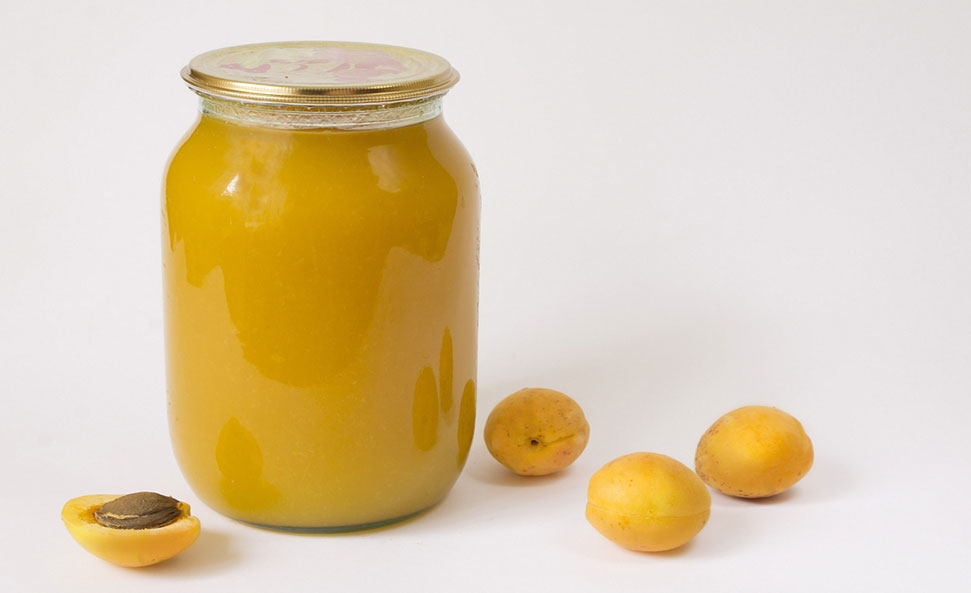
Life Cycle Analysis? – Definition & Meaning
The life cycle assessment is a method of appraising the environmental impact of a service or product over its lifetime. It examines all the steps of a product, from the extraction of raw materials to material-working processes, the assembly of semi-finished products to make a final product, including distribution, repair, and maintenance until it reaches recycling or its final disposal.
This “cradle to the grave” analysis makes it possible to identify and quantify the flows of energy and material used in every stage of the lifecycle of a product or service and make conclusions based on comparing the results with the objectives that drove the study. Usually, the purpose of conducting such an analysis is to compare a product or service with other products or services in on the market or to evaluate the potential environmental and economic implications linked to specific strategic choices and decisions.
The principles and framework of LCA are defined by the international standard ISO 14040, as well as its requirement and guidelines in ISO 14044. For more information take a look at our ISO 14001 definition.
Life Cycle Analysis – Official Definition
According to the European Environment Agency:
“Life cycle assessment (LCA) involves the evaluation of some aspects – often the environmental aspects – of a product system through all stages of its life cycle. Sometimes also called “life cycle analysis”, “life cycle approach”, “cradle to grave analysis” or “eco-balance”, it represents a rapidly emerging family of tools and techniques designed to help in environmental management and, longer term, in sustainable development.”
What Is A Life Cycle Analysis LCA For?
LCA is used to measure the environmental impacts of a service or product throughout its life cycle. As such, LCA is used to “diagnose” a product and its impact on the environment and thus it helps manufacturing companies to redesign their processes with the goal of reducing their environmental impact – this is a more specific process called eco-design.
For example, when we consider the LCA of a wine, we realize very often that the majority of the environmental impacts happen at the production of the glass bottle. Nevertheless, the making of the lattice that will hang the vineyards also has a very high impact. With this information, it becomes easier to act effectively in order to reduce as much as possible the environmental impact of the production of the wines.
LCA is, therefore, the preferred tool for eco-design, and as such, it is a very important tool for companies’ CSR strategies. Indeed, thanks to LCA, companies can reduce the ecological footprint of their products as part of their CSR strategy if they act and restructure their operations. LCA is, therefore, often used in companies’ CSR reports.
-
Defining The Life Cycle Of A Product
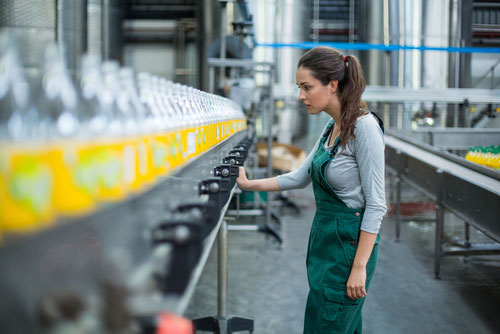
The life cycle of a product can be divided into 5 phases:
- Extracting, processing and/or supplying raw materials;
- Manufacturing/ production;
- Putting into circulation – transporting, distributing and marketing efforts;
- Use, reuse and produce maintenance;
- End of life management (recycling and disposal).
Please mind that environmental impacts related to transport are considered for each phase, individually.
The Methodology Behind A Life Cycle Analysis
Based on a crosswise approach that takes into account the largest possible number of environmental parameters, the life cycle analysis (LCA) can be divided into 4 steps:
- Definition of objectives and the scope of study: the LCA approach starts by making clear what the purpose of the analysis will be and to whom (and how) the results should be communicated. As well, data needs to be gathered for further analysis, more specifically:
- Information about functional units – the processes that modify raw materials or semi-finished products and turn them into finished products;
- The system boundaries – which means defining the scope of what can be considered for analysis;
- Allocation methods – the amount of energy or materials that go to each product individually is relevant when different products are being analyzed;
- The limitations of the study or assumptions that will be made must also be acknowledged;
- In the end, the impact categories that will be under investigation must be selected. Examples of such can be ocean acidification, ozone depletion or mineral resources scarcity.
- Inventory of flows: this essential step consists in inventorying and quantifying all the incoming flows (e.g. use of raw materials or energy consumption) and outflows (e.g. emission of polluting gases or the production of waste and/or recycled materials), for each phase of the product life cycle. The final product of this phase is usually a flowchart containing all the activities’ inputs and outputs.
- Estimation of environmental impacts: in this phase, an assessment of the whole effects caused by the flow of inputs and outputs is developed and the potential environmental impact of the life cycle under analysis is reached. In order to achieve this, impact categories, category indicators, and specific models must be selected. For instance, if the impact category is ocean acidification, a possible category indicator can be the pH level expressed by multiplying the amount of waste that enters/leaves the system with its acidity. Accordingly, the flows capable of causing this impact will be analyzed and the chemical-physical models to be used will be designated.
- Analysis of the results and interpretation: the results of the LCA are compared with the initial objectives of the study. This confrontation can lead to a well-founded list of recommendations with the purpose of revising the product design and optimizing its use in terms of environmental impacts.
Life Cycle Analysis – FAQ
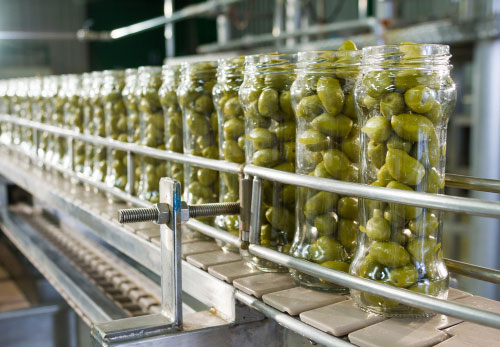
Is a life cycle analysis compulsory?
LCA is a popular option for companies looking forward to improving their environmental performance and CSR practices but it is not mandatory. Nevertheless, the number of customer companies that are encouraging their suppliers and partners to start developing this methodology is increasing.
What can a life cycle analysis do for my business?
LCA works as a decision support tool that can help to ensure that the choices of organizations are environmentally reliable regarding design, manufacture or use of a product or system. Financially speaking, there are some data showing that using an LCA approach helps companies find out important product improvements, new ways of optimizing their value-chains – turning them more efficient and innovative and sometimes even creating competitive advantages.
Is a life cycle analysis expensive?
A complete, and therefore exhaustive, LCA will require the gathering of plenty of data – making this a time consuming and expensive process. In some cases, it may even take periods of over a year depending on engine control units that collect the data. The results of this analysis will allow better and more grounded decisions to be made, nevertheless, these decisions about the changes to be made often have to do with intermediate players (like suppliers or retailers) that are part of the product’s journey and it may be hard to lead them into to effectively make changes in their own processes. As a result, the LCA studies are sometimes more superficial and simple, not using all data that would ideally be used.
What Is The Product Life Cycle? Definition & Meaning
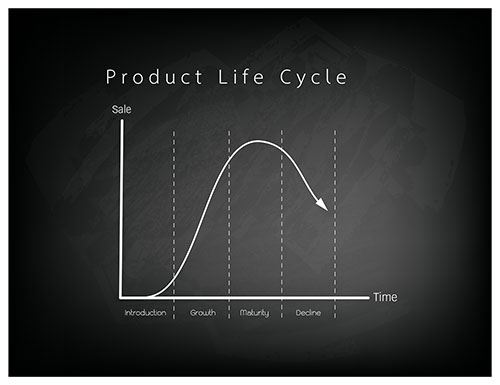
The definition of <product life cycle> is the sequence by which all products go through – from their introduction on the market to withdrawal or eventual demise. This series is usually divided into 4 stages that are presented below:
- Product Life Cycle | Introduction: This is the moment when the product first arrives into the market. This stage is characterized by an aggressive market strategy with plenty of product promotion, together with the distribution of the product in a few distribution channels. At this point, not much profit is expected and the real goal is to start having the first sales and create awareness around the product or brand.
- Product Life Cycle | Growth: In this phase, the product is already known in the market and sales are expected to grow in big numbers. This means that profits start coming in and the product starts conquering a significant market share and becomes relevant within its market.
- Product Life Cycle | Maturity: In this period, sales rates slow down and stabilize. Price wars and sales promotions become common at this point and some weak players exit the market.
- Product Life Cycle | Decline: At this point, sales start dropping as the product is no longer useful or relevant to consumers because of better or alternative products that showed up. Products are withdrawn as price wars continue and cost control is the step out for many products in this period.
Product Life Cycle – Examples
Product Life Cycle – A tech industry example
Let’s take a look at the consumer electronics sector and see how and what kind of products are going through different life stages in this market:
- Product Life Cycle Example | Introduction: Holographic projections, that enables customers to turn any flat surface into a touchscreen interface was recently added into the market. The prices are high and probably only early adopters will buy it.
- Product Life Cycle Example | Growth: Tablet PCs are a good example of a product in the ‘growth’ stage. There is some variety of tablets to choose from, which means that competition is real and there’s a fight for market share. As a result, the prices are more affordable than they were in the ‘introduction’ phase of their life cycle.
- Product Life Cycle Example | Maturity: Laptop computers are a good example of a product that exists for some years since it first was invented. Their price is more affordable due to the presence of many players competing and this product is still strong in the market because it is permanently being developed – new components keep being added, new functionalities are being developed and the product’s touch & feel characteristics are always improving.
- Product Life Cycle Example | Decline: Typewriters have nowadays very limited functionalities and they’re hard to find. They lost their market share to other more modern gadgets and they are heading towards the end of their life cycle.
Product Life Cycle – A transportation industry example
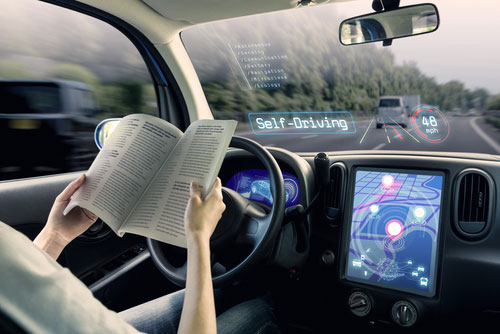
- Product Life Cycle Example | Introduction: Semi-autonomous cars are a good example of a product going through the ‘introduction’ phase of its life cycle. While autonomous cars are not (yet) for sale, these vehicles that already available for the more curious early-adopters. The price of these cars is still high, as there isn’t much competition.
- Product Life Cycle Example | Growth: Electric cars already have a significant share of the overall cars’ market. There is already some competition happening, the number of electric charging points is growing and this technology is improving (especially when it comes to the range of the vehicle) and proving to be more ecological than the fossil-fuel powered cars.
- Product Life Cycle Example | Maturity: Conventional cars brands with models that last for a long time – like the ‘Focus’ model for Ford are a good example of a product crossing this life cycle period. Its price is not very high (comparing with other brands in the same specific market) and it managed to reach its maximum market penetration thanks to constant upgrades and car redesigns.
- Product Life Cycle Example | Decline: The sales of diesel-powered cars are falling, mostly due to environmental concerns from governments that are setting deadlines for diesel cars to be banned from some cities and countries. They are losing market share to other substitute products like electric cars and they will slowly reach the end of their life cycle.
- Related content:
- Some of the sources used may have additional information on this topic:
Images credits on Shutterstock for lca product; life cycle analysis assembly line and life cycle analysis, life cycle product & life cycle product semi-autonomous car.